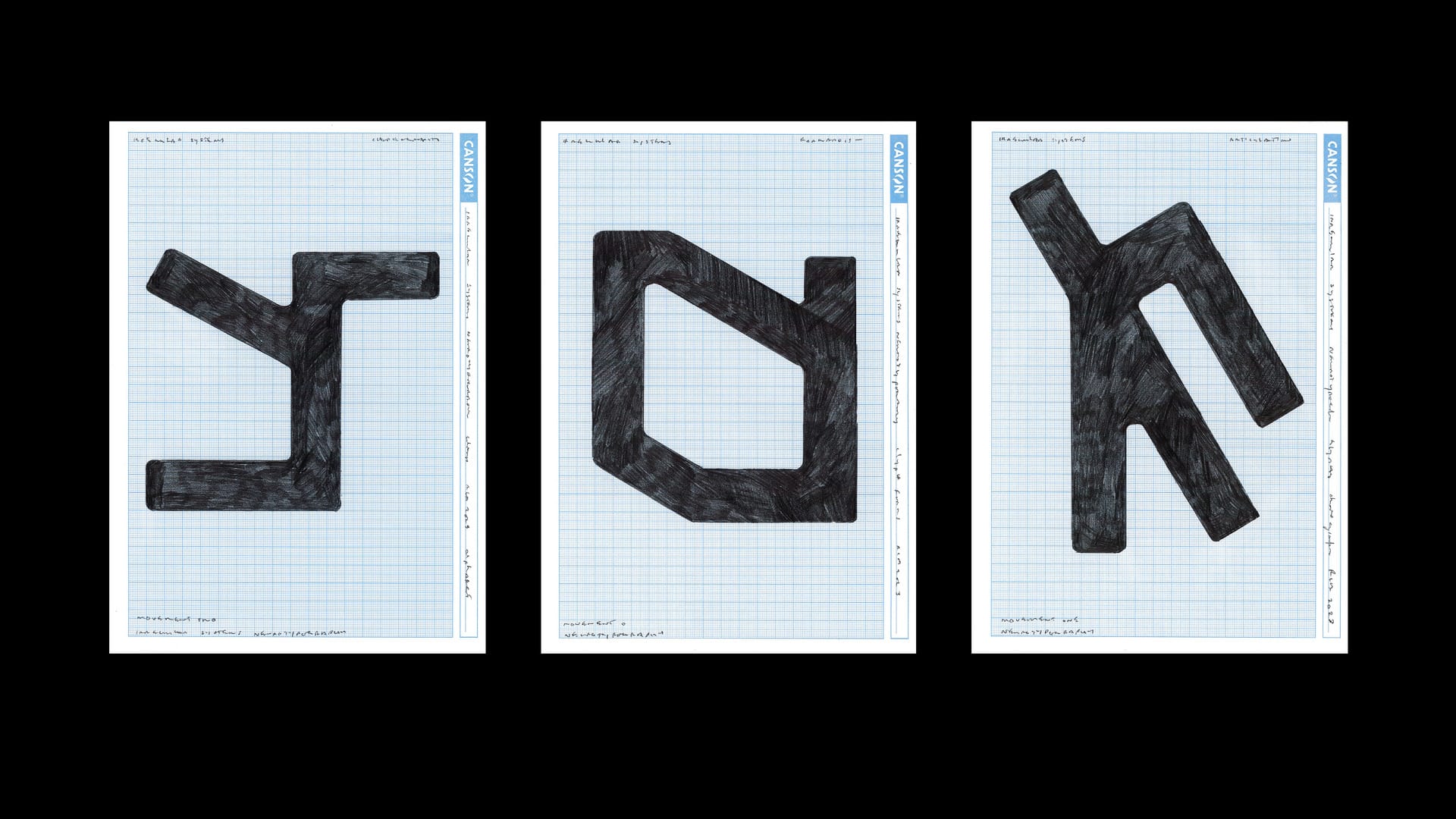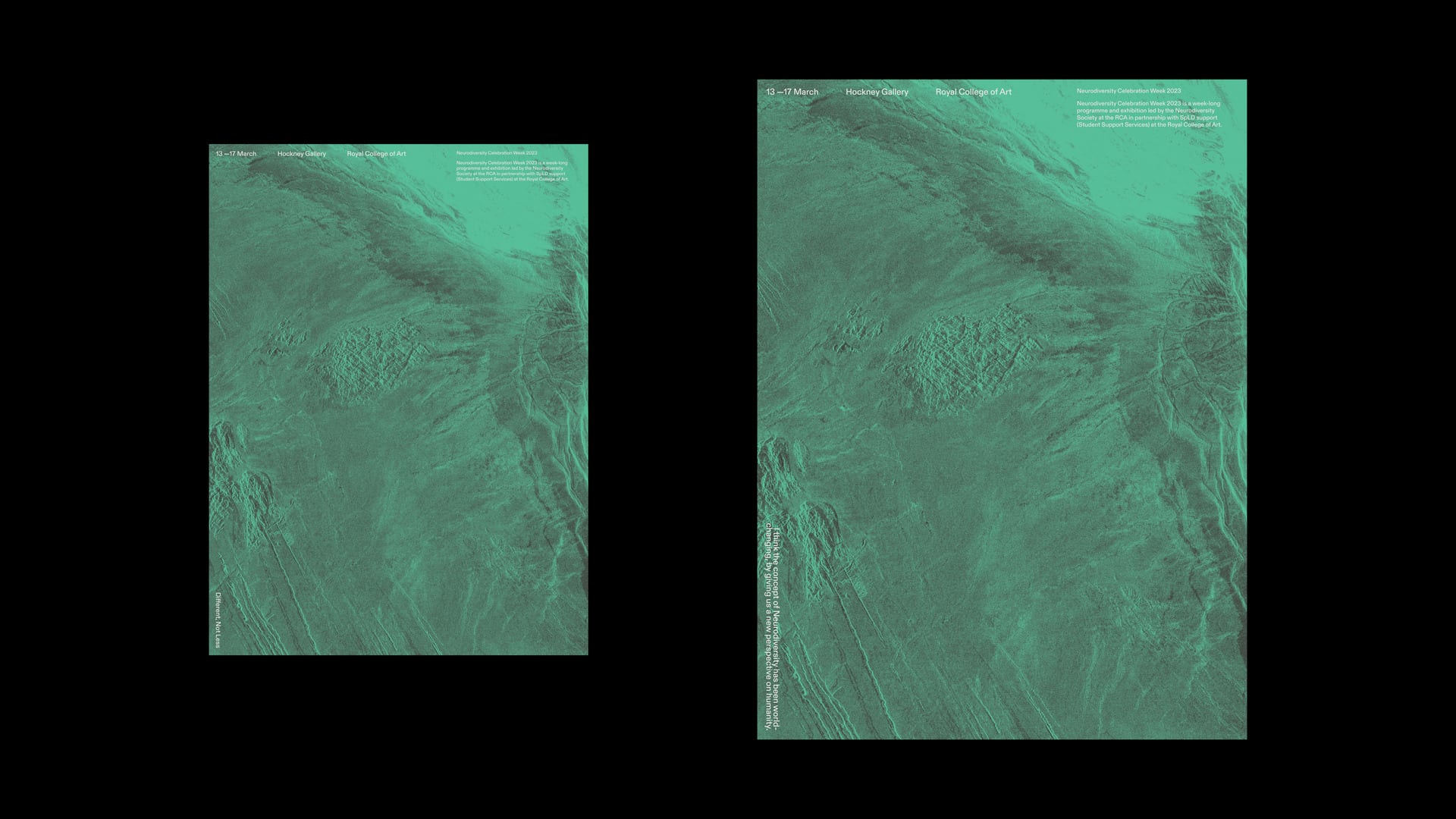Beatrice Sangster is a London-based interdisciplinary Graphic Designer and Art Director, with a process-driven approach that focuses on exploring models of practice, inclusive design, and visual systems of communication across diverse disciplines. These include social design, spatial experience, and design education; specializing in visual languages, neurotypography, and creative direction.
Before studying MA Visual Communication at the Royal College of Art, Beatrice previously studied at Central Saint Martins and has gained work experience as well as studying different practices in a range of design studios including Akiko Aoki in Tokyo, Louis Vuitton in Paris, and House + Holme in London.
RCA
Co-lead of the RCA Neurodiversity Society
Work-in-Progress Show MA Visual Communication, Curation Rep
RCA Social Practice Group
We Design For The Community
Education
2021-2023, MA Visual Communication, Royal College of Art
2015-2019, BA Fashion Womenswear, Central Saint Martins


























